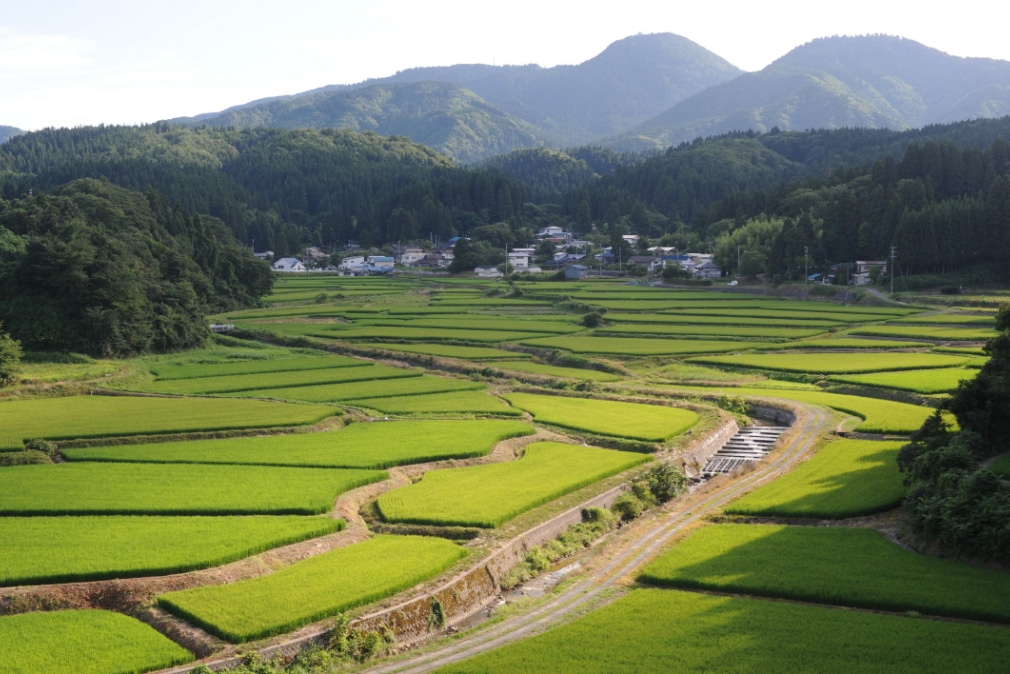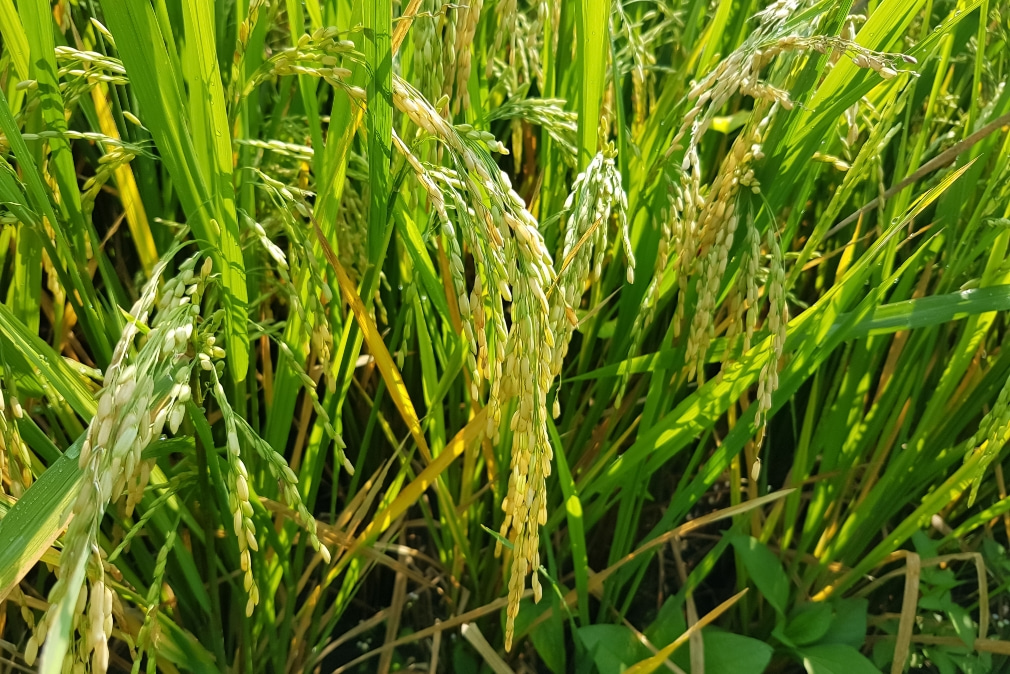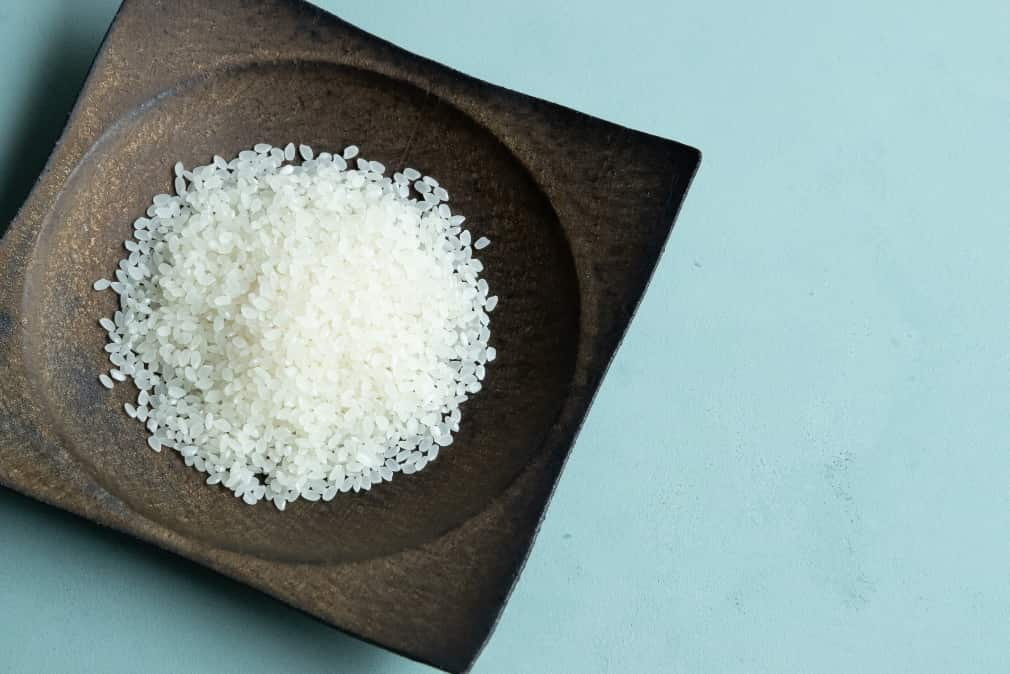Japan Rice is Delicious 日本産米のおいしさの秘密

The most distinctive features of Japan Rice are its sweet, aromatic flavor and plump texture. When tourists who visit Japan and eat the food here are asked for their impression, they always say that the rice is delicious. Japan Rice, which has been carefully cultivated and loved in Japan since ancient times, is now capturing the hearts of people around the world. Here are the secrets to its deliciousness.
日本産米の最大の特徴は、甘くて香ばしい味わいとみずみずしい食感です。日本を訪れ、日本食を食べたツーリストにその感想を尋ねると、決まって「米がおいしい」という返事が聞かれます。日本で古くから大切に栽培され、愛されてきた日本産米は、今や世界の人々の心をも掴んでいます。そのおいしさの秘密をご紹介します。
3000 years of history 3000年間、愛される米
The rice grown in Japan is mostly Japonica rice, said to have been introduced from the continent together with rice farming methods about 3,000 years ago. Not only is the Japanese climate ideal for growing rice, but it is also a crop that can be stored for a long time. It therefore replaced fruit, nuts, and berries as the staple food. Japonica rice has smaller and rounder grains than Indica rice, and it is distinctive for its softness and just-right stickiness. Because the rice itself is tasty but not overpowering and pairs well with any food, it became central to the Japanese diet.

Sweetness produced
by the Japanese climate
日本の気候が生む甘み
Japan has the best conditions for rice farming. One reason is its abundant water resources. Japan is mountainous, and the snow that accumulates in winter becomes pure snowmelt. It also has a rainy season that brings plenty of rainwater. The temperature difference between day and night also affects the flavor. When the sun is out and the temperature rises during the daytime, the rice plants accumulate plenty of starch. The temperature drop at night then suppresses metabolism in the plants, locking in the starch. This creates a richly sweet flavor and sticky texture. Unique varieties have been developed in each part of Japan, matched to the local climate and topography, and they are constantly being improved. Producers closely examine the growing environment to try and create even more delicious rice, and the devoted efforts of Japanese people who love rice will never end.

Rigorous rice cultivation 手間暇かけた米づくり
Rice production in Japan begins by growing seedlings. Rice seeds are planted in “rice nurseries” until they grow into seedlings that are then planted in even rows in rice paddies by hand or with machines. In addition to creating good air flow and ensuring uniform sunlight, it enables farmers to spread fertilizer and remove weeds efficiently. To prevent quality irregularities, such as from plants sticking together or uneven sprouting, rice farmers in Japan apply diligent cultivation methods, producing delicious rice.

Delicious, uniform grains ムラがなく、美しい粒
Each grain of Japan Rice is beautiful and uniformly sized. This high quality is particularly noteworthy, and it is Japan’s quality control technology that supports such outstanding rice. For example, the drying process for long-term storage after the harvest is very important. This is because a mistake in water level control can result in mold or cracks, so a dryer is used to dry the rice evenly without damaging the grains. Another characteristic of Japan Rice is that, to keep the quality from degrading, it is stored at low temperature in brown rice form with the optimal moisture level maintained. By sparing no effort to ensure each grain is perfected, the rice that you cook is soft, has just the right amount of stickiness, and has a wonderful texture.
